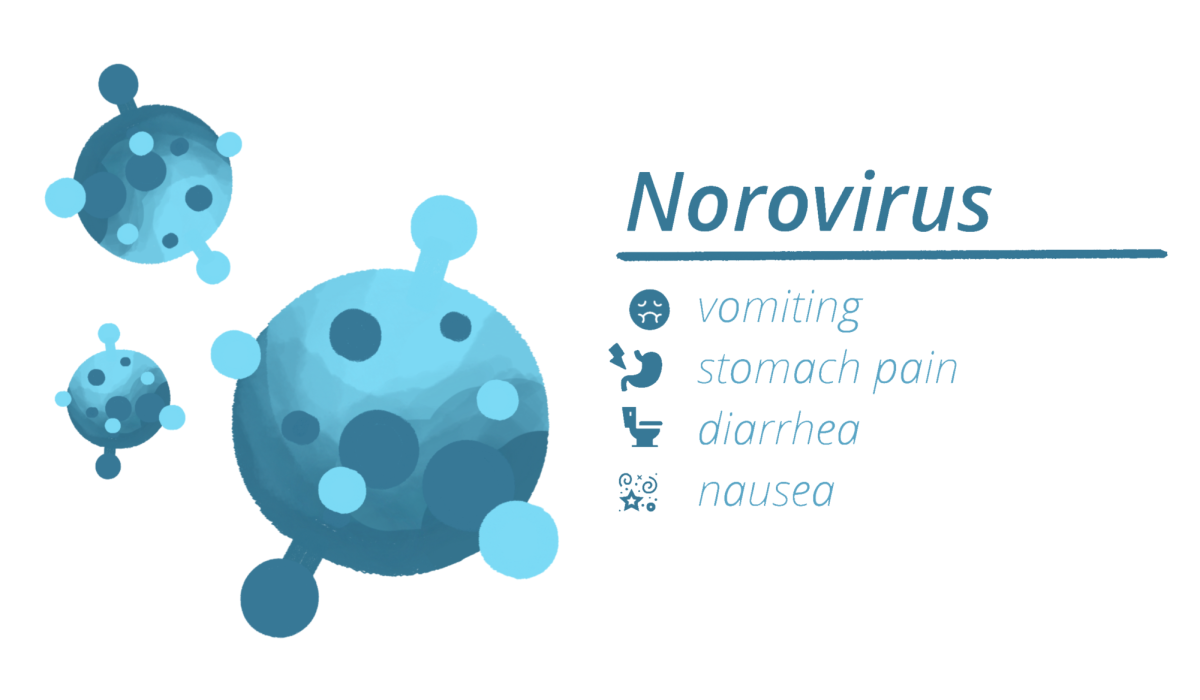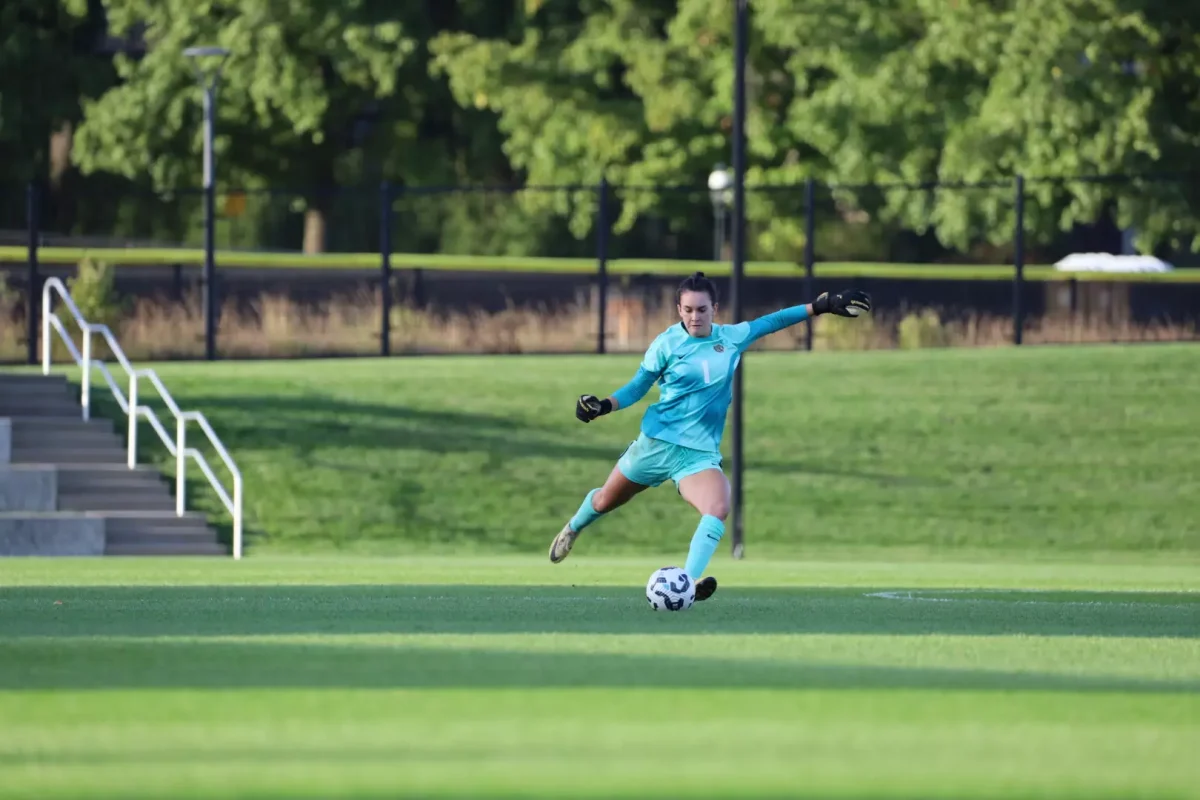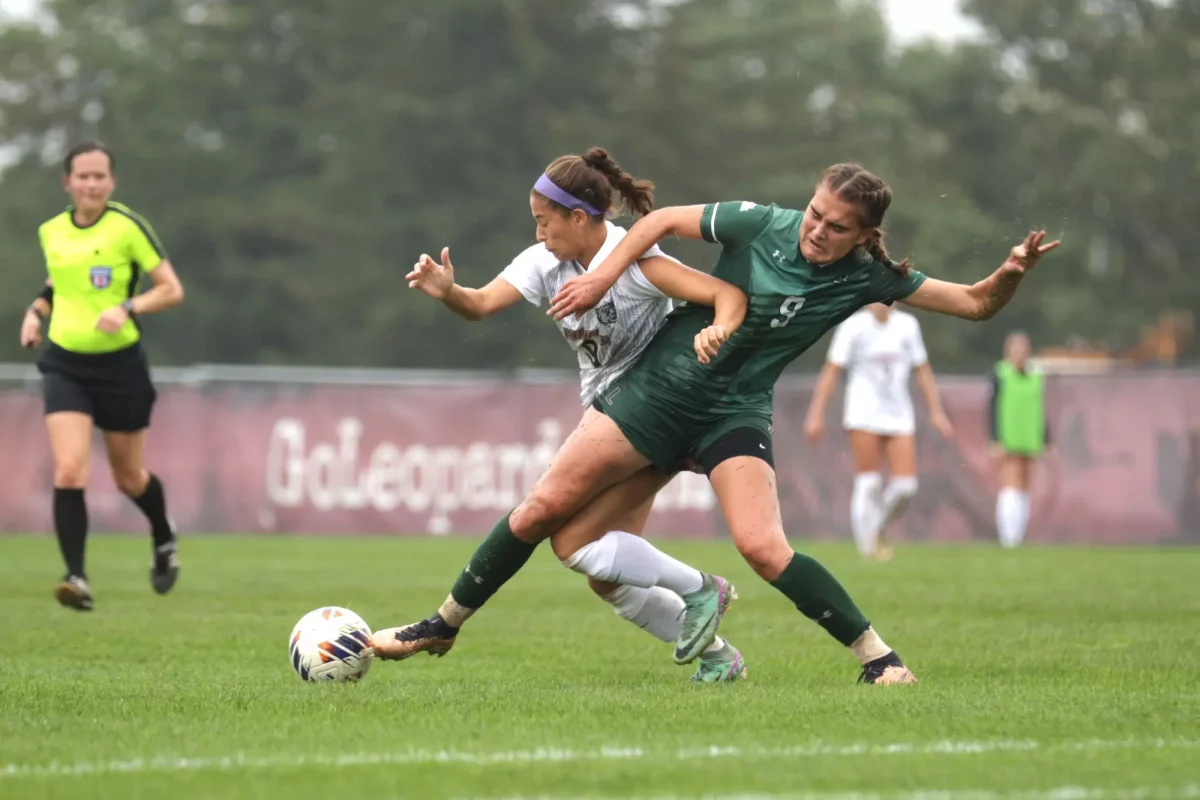For the first time in around 15 years, the college is taking the first steps in establishing a new strategic plan. Called “Becoming Lafayette,” this strategic plan will involve examining Lafayette’s values, mission and needs before establishing strategic priorities to work towards in the future.
According to President Nicole Hurd, the strategic plan is intertwined with the discovery phase of the campus master plan carried out last semester. The discovery phase consisted of determining the inventory of the college and the status of current buildings, as well as surveying the opinions of the campus community. The information gathered here will influence the discussions carried out in the strategic planning process.
“[The strategic and master plans] are two separate exercises,” Hurd said. “But they are going to iterate and speak to each other … in some profound and exciting ways.”
The strategic planning process consists of four stages, each with an approximate timeline of two to three months. The first stage, called “Identifying Strategic Priorities” and set to begin formally in March, will include community discussions about the college’s goals. These conversations will inform the next phases of the strategic plan.
“This is really about open conversation and brainstorming [and] open questions like, ‘Who do we want to be? What our are strengths? What could we do better?'” Hurd said.
Students can use the strategic plan website to RSVP to a session to discuss the current status and future of the college. Meetings available to students begin in February, and there are opportunities both specifically for students and for meetings including students, staff, faculty and alumni. Meetings for parents and families as well as for other members of the Easton community will also be available.
“One of my core values as a person is to make sure that we create spaces for people to be a part of the community, and phase one is squarely [about] that community space,” Hurd said.
Phase two of the strategic plan will involve more targeted discussions about the topics raised during phase one and will likely involve the formation of specific committees. Phase three, called “building our strategy,” will involve creating a detailed plan. Finally, in phase four the plan will be activated.
In order to fund the initiatives and projects established by the strategic plan, the college plans to “call our alumni and friends into action,” especially during the college’s bicentennial in 2026, according to Hurd.
All in all, Hurd estimates that the process could last 12 to 18 months.
“I am one hundred percent confident that we will have a great plan at the end of this process,” she said.






















































































































